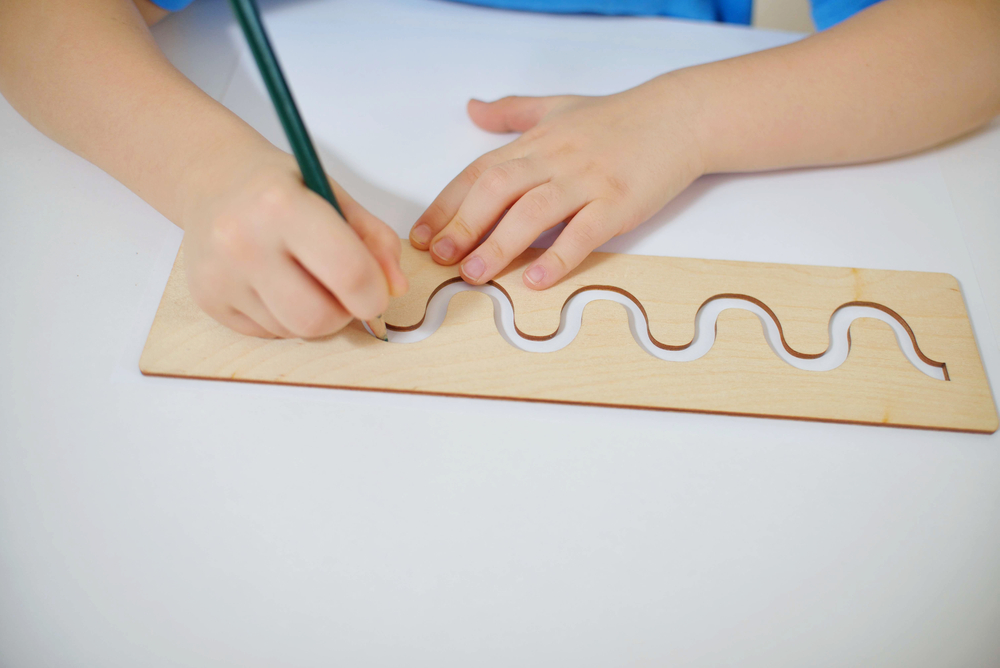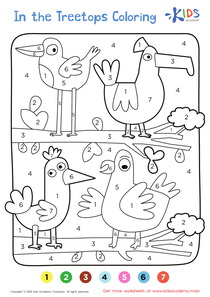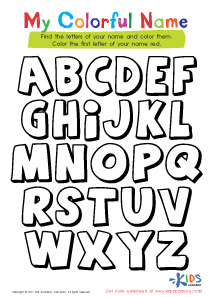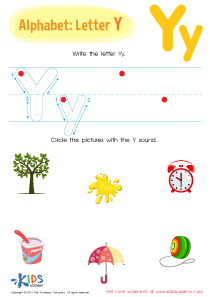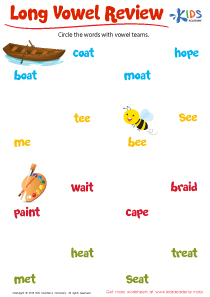Handwriting improvement Grade 2 Letter Recognition Worksheets
3 filtered results
-
From - To
Welcome to our Handwriting Improvement Grade 2 Letter Recognition Worksheets! Designed to enhance young learners' penmanship, these engaging worksheets help children master the alphabet while refining their handwriting skills. Each activity focuses on letter recognition, guiding students through the tracing and writing of both uppercase and lowercase letters. Fun and interactive, our worksheets promote fine motor skills and boost confidence in writing. Perfect for reinforcing classroom learning or providing additional practice at home, these resources pave the way for improved writing proficiency and letter familiarity. Explore our collection and watch your child’s handwriting flourish!
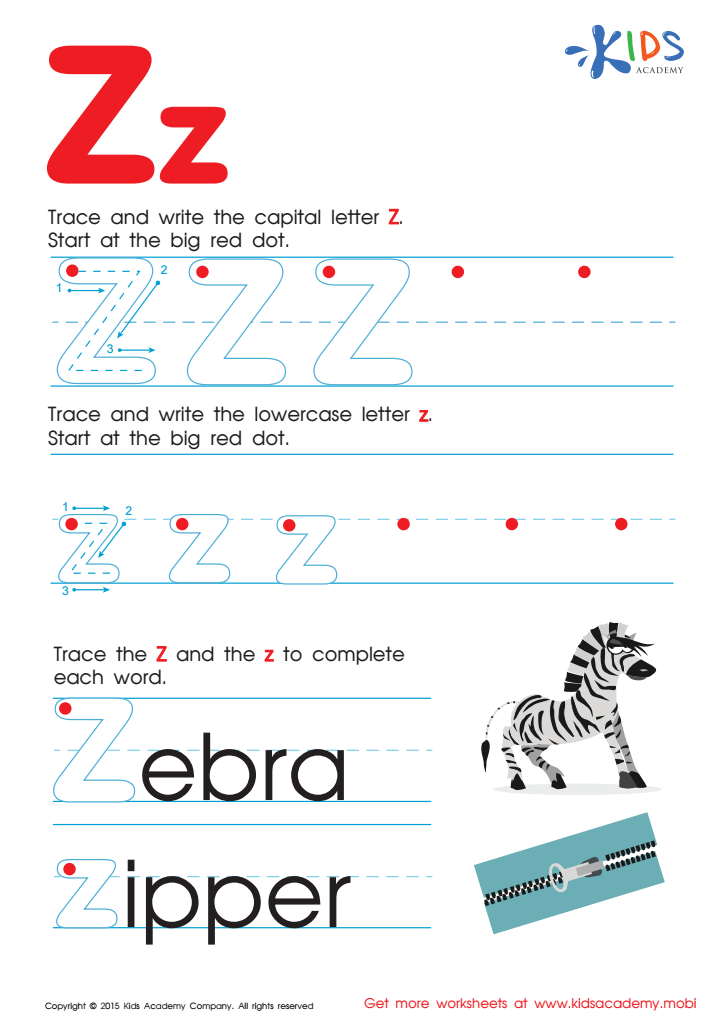

Letter Z Tracing Page
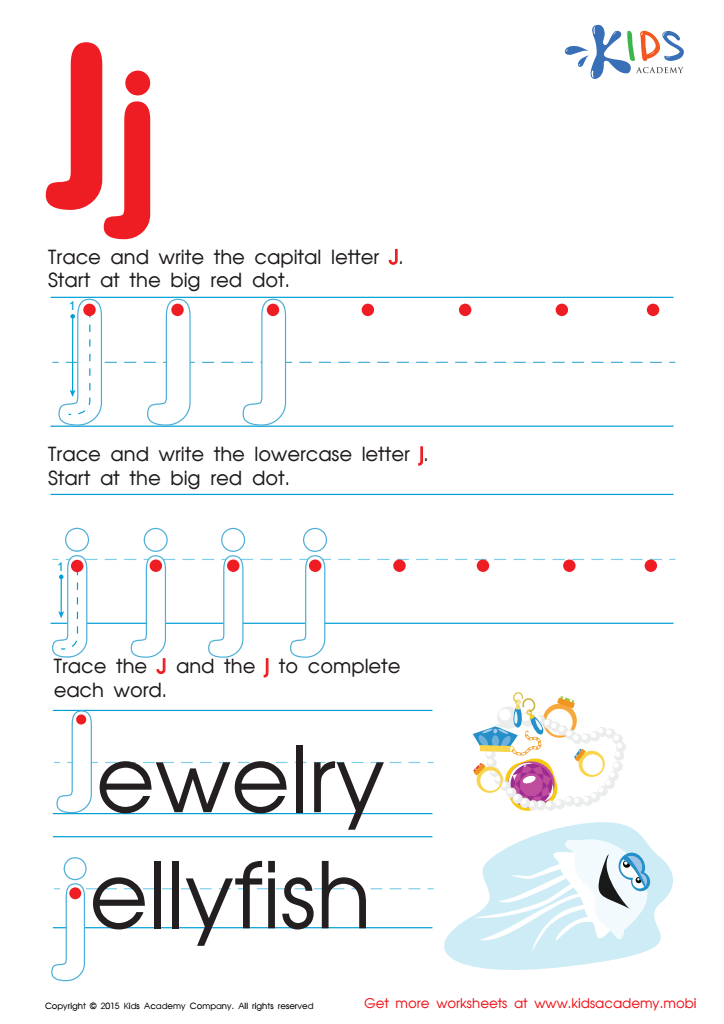

Letter J Tracing Page
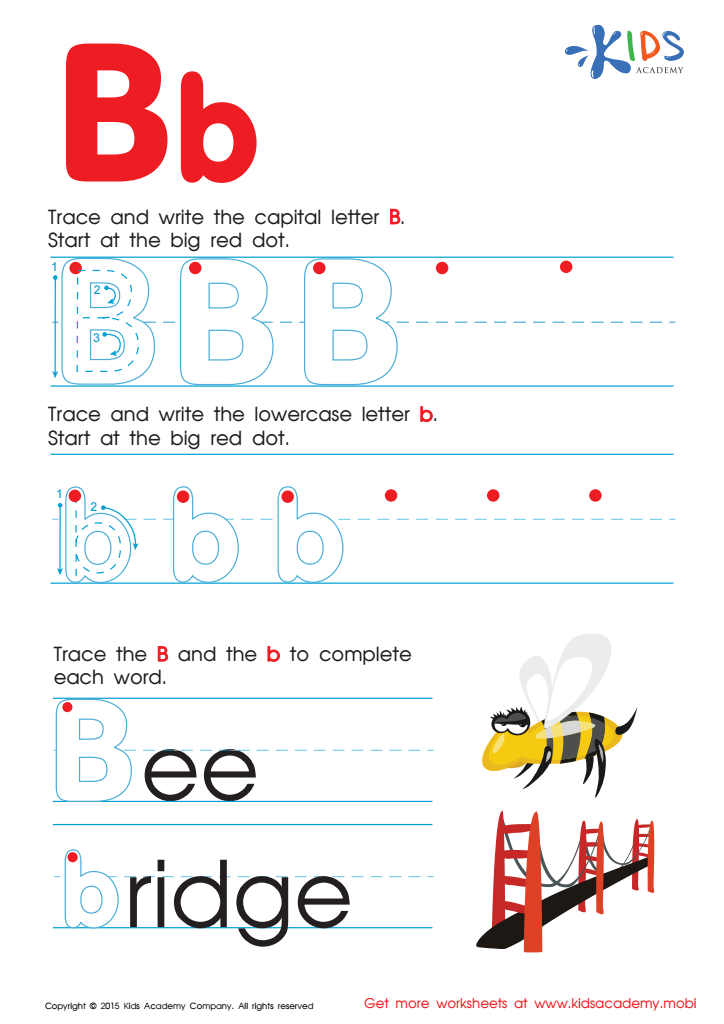

Letter B Tracing Page
Handwriting improvement and letter recognition in Grade 2 are crucial for children’s overall academic development and self-esteem. As children progress through their education, strong handwriting skills facilitate better communication and expression of their thoughts. In Grade 2, students begin to shift from learning to read to reading to learn, making proficient letter recognition imperative. This phase lays a foundation for future literacy skills, influencing their ability to tackle more complex texts and written assignments.
Proper handwriting promotes clarity and legibility, helping teachers assess a child’s understanding and mastery of subjects. It also reduces frustration during writing tasks, allowing children to focus on their ideas rather than struggling with how to form letters. This confidence helps them participate more actively in classroom activities.
Moreover, character formation, or how letters are shaped, provides children with a structured way to approach writing. It can enhance motor skills, concentration, and discipline, thereby positively impacting their overall academic performance. Parents and teachers should emphasize handwriting improvement as part of a holistic approach to education. When children can easily recognize and form letters, they are better positioned for success, inspiring a lifelong love for learning and writing.
 Assign to My Students
Assign to My Students


